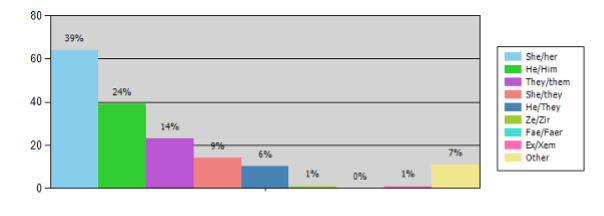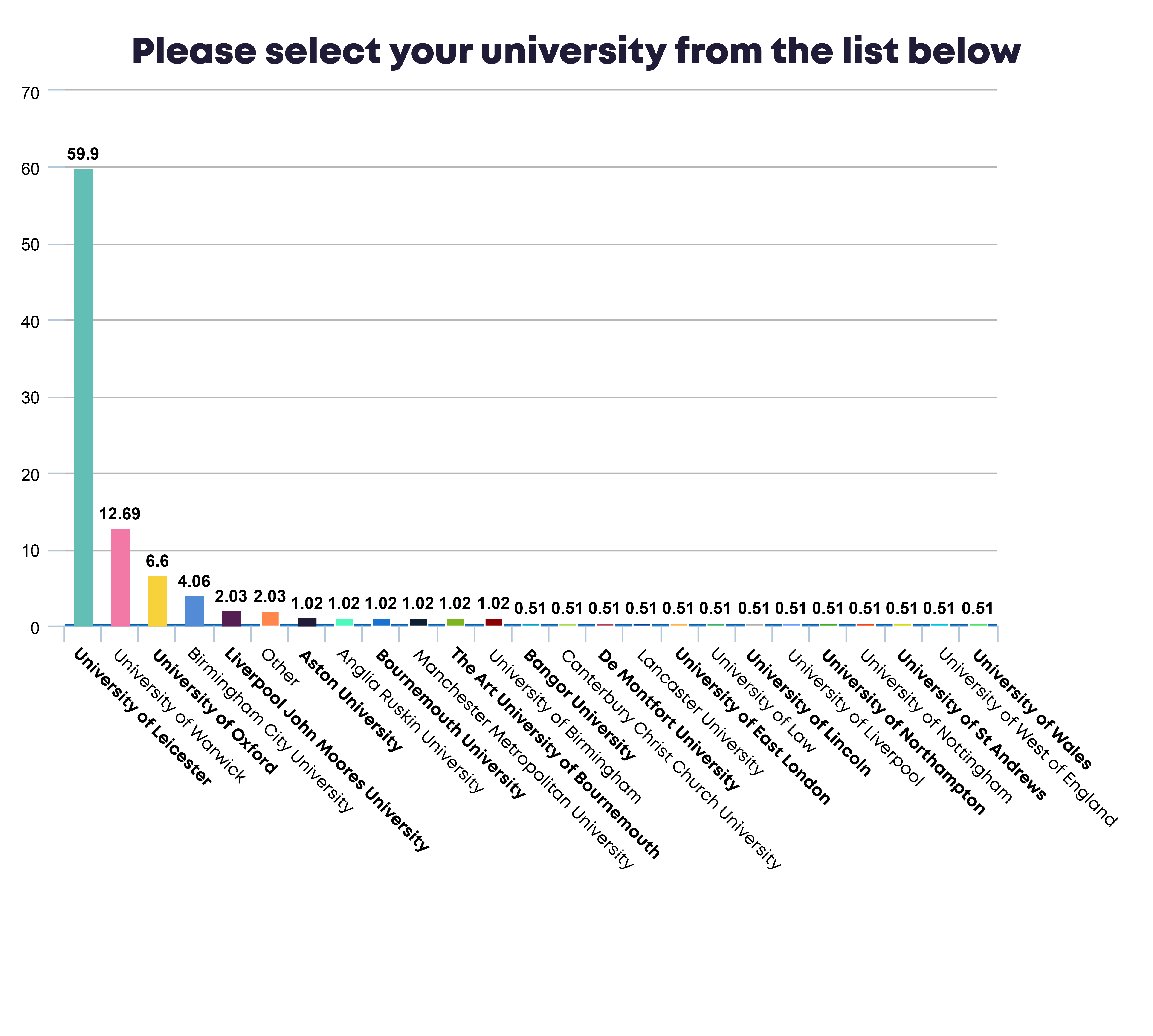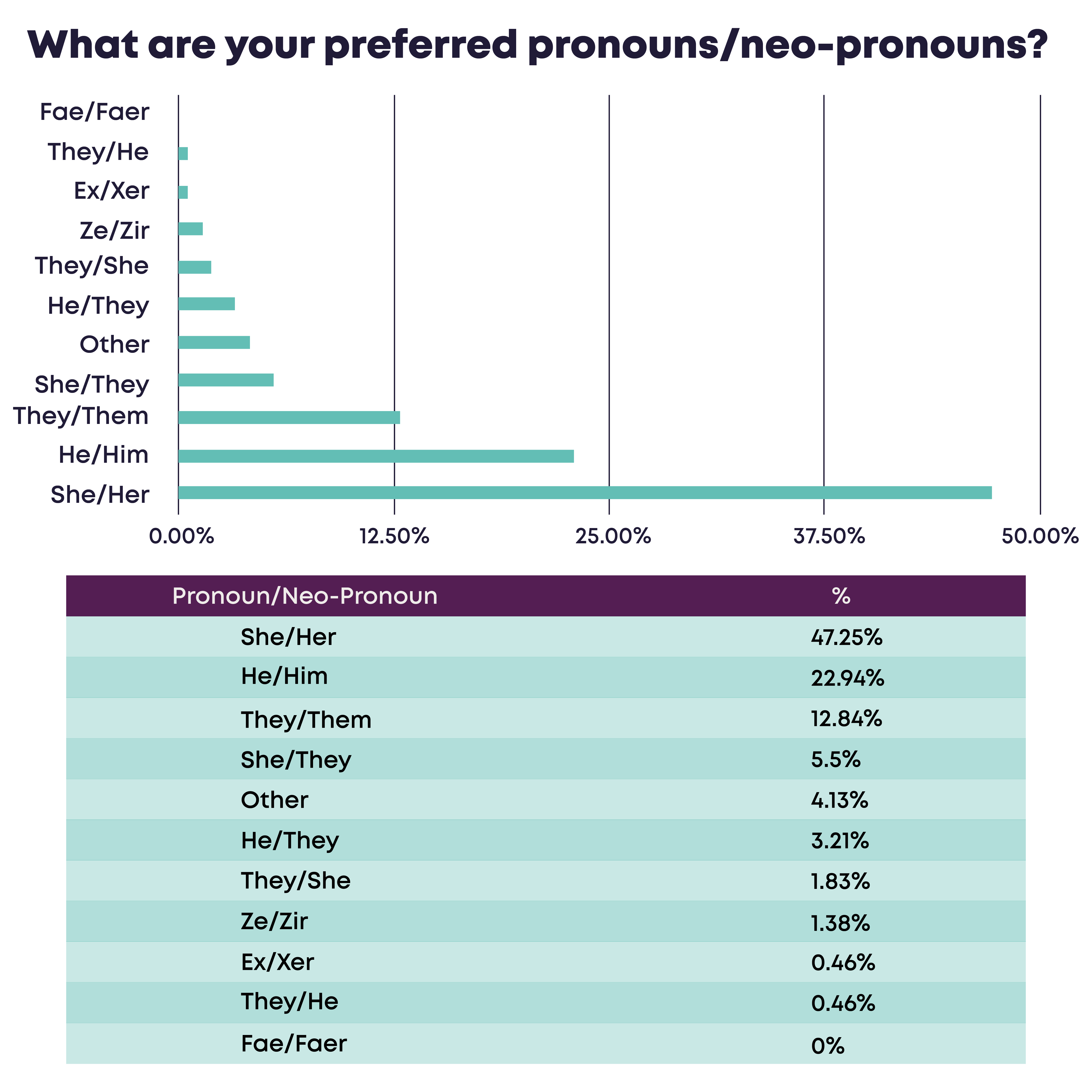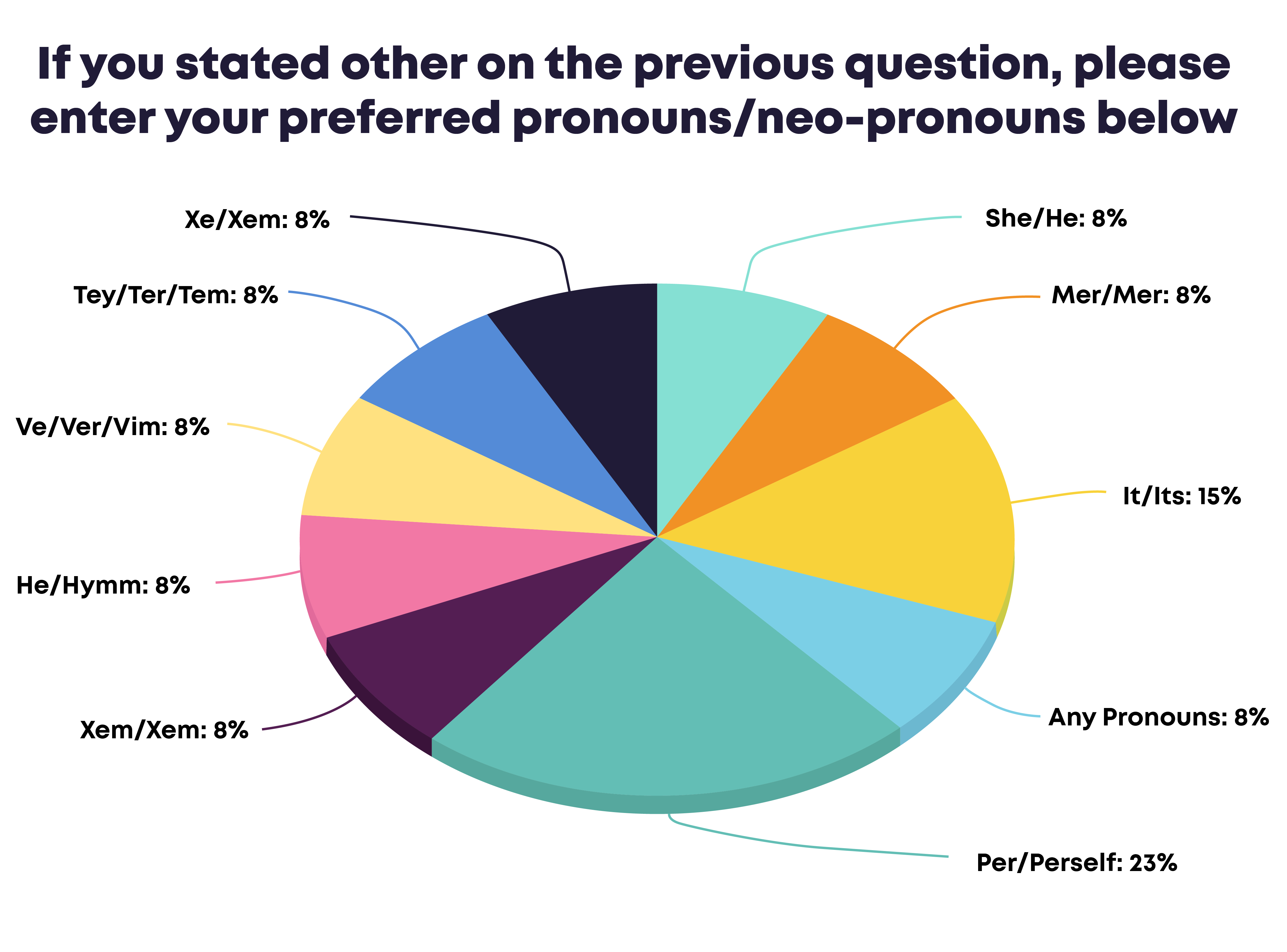Pronouns & Neo-Pronouns
Pronoun and neo-pronoun badges are available for FREE from the SU Office in Percy Gee.
What are neo-pronouns?
Neo-pronouns, like pronouns, are words that people use to refer to themselves and others. Where pronouns can be he/him, she/her or they/them, neo pronouns such as ze/hir and xe/xem are also used.
Why do people use neo-pronouns?
Neopronouns are used most often by transgender, non-binary and gender non-conforming people. As with they/them, neopronouns are gender neutral however they give an option that is even further removed from traditional concepts of gender.
Even in the singular use of they/them, people were still limited to three pronoun categories – this can feel restrictive to some people when we know there are a lot of differing gender identities and ways to express that.
Neopronouns offer options beyond the three categories of he/him, she/her and they/them and allows people to explore pronoun options which better express their understanding of their own gender and how they want to be referred to.
How to use neo-pronouns
We use neo-pronouns in the same way we use pronouns! As with all pronoun usage, it will be a case of practising using that pronoun for that person but there isn’t a difference in how they are used compared to he/his, she/hers, they/them.
What does it mean if a person uses mixed pronouns eg she/they?
This means that the person is comfortable using both pronouns and they are comfortable being referred to with either. Usage for mixed pronouns could be that someone is comfortable with all pronouns listed or they use specific pronouns for different situations. Listening to how people refer to themselves in situations can be a guide for how to refer to them.

Pronouns Survey Results: Phase One
Pronouns are a set of words in a language that are used as substitutes for nouns or noun phrases and are used in reference to an individual/s. For example, “I, he, you, it, they”
As you may know, some individuals, mostly those within the queer community, prefer to use neo pronouns, such as ze/hir and xe/xem. These are a more gender neutral and genderless approach to the typically used she/her and he/him. Using neo-pronouns in this way allows the user to express them both themselves and their gender identity.
There is a large gap in the research regarding the pronouns and neo-pronouns used in the UK population. There is even less data surrounding the use of pronouns and neo-pronouns within the number of university students within the UK. This means that there is quite possibly a large number of students whose gender identity and preferred pronouns are going unacknowledged, leaving their voices unheard.
The University of Leicester Students’ Union is currently attempting to bridge this gap in the knowledge with a multi-phase campaign consisting of two surveys. The first, or “phase one”, targeted students of our university and simply asked two questions:
- What are your preferred pronouns/neo-pronouns?
- If you stated other on the previous question, please enter your preferred pronouns/neo pronouns below.
The survey for phase one was live from the 30th of October 2022 until the 31st of December 2022 and had 139 responses. Below details the results of this survey.

Phase one results
The results of this survey suggest that the most commonly used pronouns by students of the University of Leicester are:
- She/Her (39%)
- He/Him (24%)
- They/Them (14%)
Less commonly used are:
- She/they (9%)
- He/they (6%)
7% of students selected other, they were then given the option to write in there preferred pronouns/neo-pronouns. Some of the preferred options used by these students are:
- They/He
- They/she
- Ae/aer
- Ey/em
- Xe/xem

Pronouns Survey Results: Phase Two
The second phase was a UK wide survey, aimed at students from across the UK.
We used the same questions with an additional option to add the university students were from.
We have shown the findings below:


